Black Locust Bed: A Study in Sound Materials and Careful Planning
Fragile, flimsy, and insubstantial are all words that describe the properties of a disturbing trend in the manfucture of goods and building of structures. How often do you use or hear the phrase, “They don’t build them like they used to?” An emphasis on the cheap and fast is no less evident in the landscape trade. Pressure on the bottom line, transience, and a desire for instant gratification are a few of the forces that drive these trends, but do not most of us crave the quality of craftsmanship and the durability of good materials? Spending some extra dollars today can save you down the road, reduce waste and ease the burden on the planet.
So, let’s turn our attention to garden structures. There are many durable materials for the organic garden that will not poison the ground. However, the rot-resistant wood of cedar and white oak fetches a high price where pressure treated wood should not an option, like in vegetable garden beds.
Black locust is a Massachusetts-grown solution to the problem. The tree was introduced to the region for the purpose of growing timber that is naturally-rot resistant. It is nearly impossible to find in trade, but a regional lumberman may be able to fetch some for a favorable price. Will Conklin of Sheffield has been supplying green, rough cut locust lumber to Land of Plenty for over a year. The green wood is more easily workable than its seasoned counterpart and will not shrink or warp as it dries.
Still, a durable, custom-built raised bed is an investment. So, one should put thought and care into planning and planting a highly productive vegetable garden. The following photo set illustrates the beauty, practicality and efficiency of vegetable gardening in such a bed. These photos by Stacy Vaeth illustrate the results of a well-planned project:
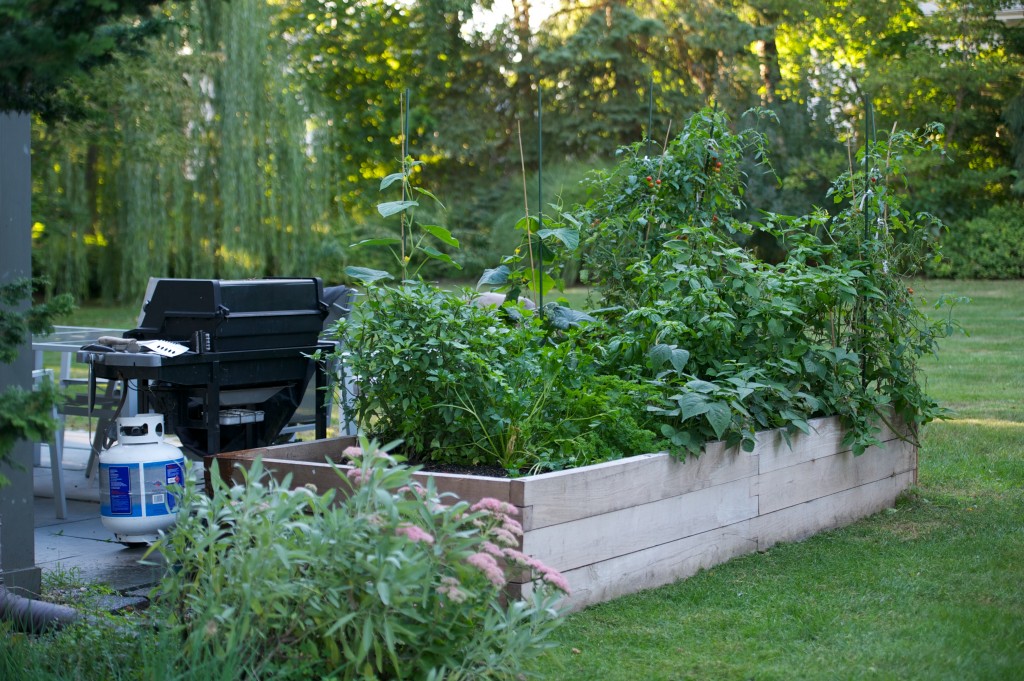
This custom raised vegetable bed is approximately 4’x9’x18″. The joints are fastened with stainless steel bolts and notched to interlock. The bed contains a custom soil mix that proved very fertile and productive. The space in the foreground of the bed exists after a second harvest of summer mesclun that followed a July harvest of romaine lettuce. The space was replanted with arugala and kale for a third fall harvest.
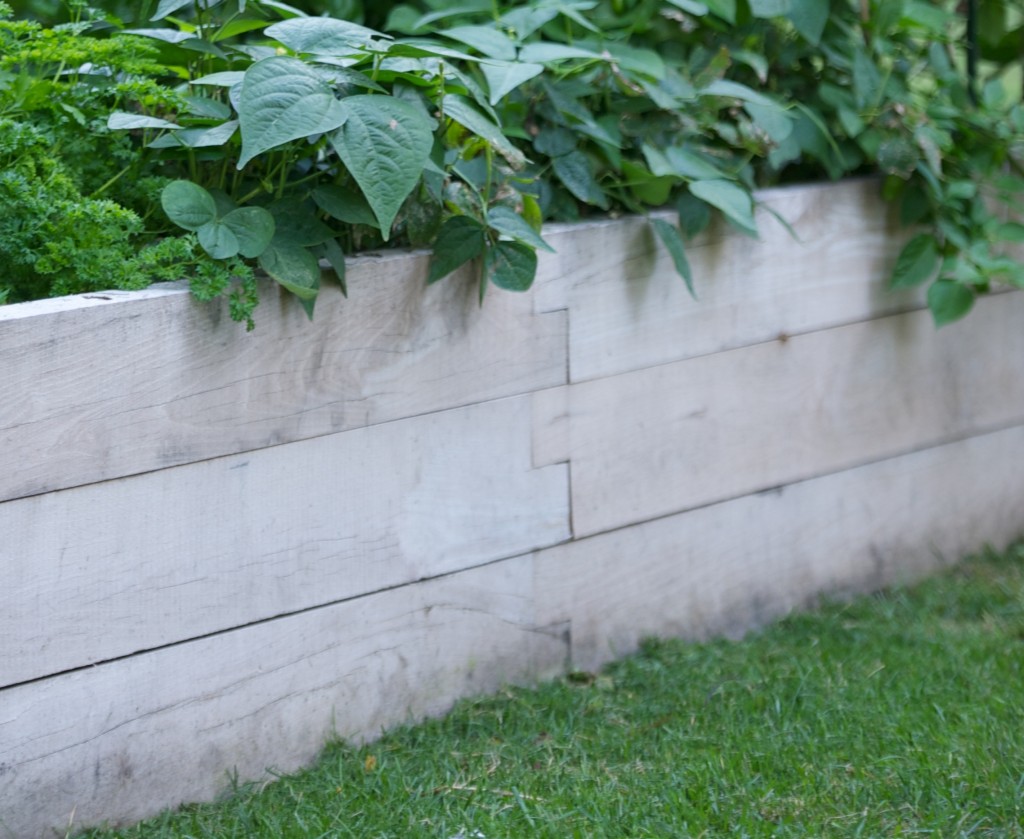
The soft grey-brown of the aging wood continues to show off the grain. The rough-cut lumber will never be ship-tight, but is suitable for holding soil. An assortment of veggies spill over the edge as harvest peaks in mid-September.
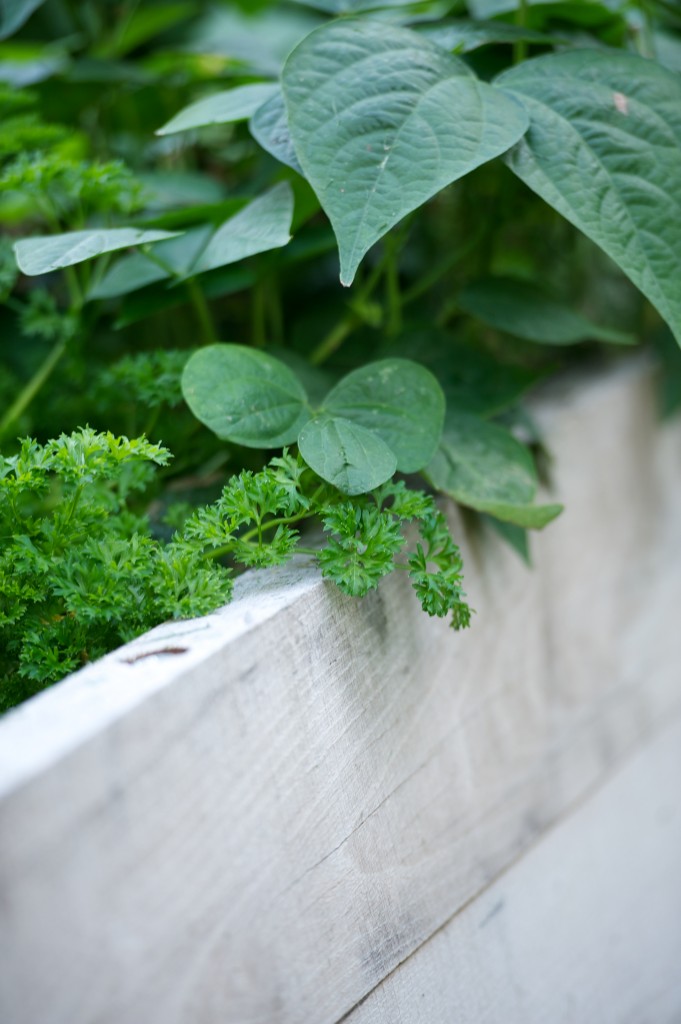
Bush beans and curly parsely dress the edge and meet to close the canopy over the soil. The established plants kept the weeds at bay, minimizing weeding to a few minutes every other week.
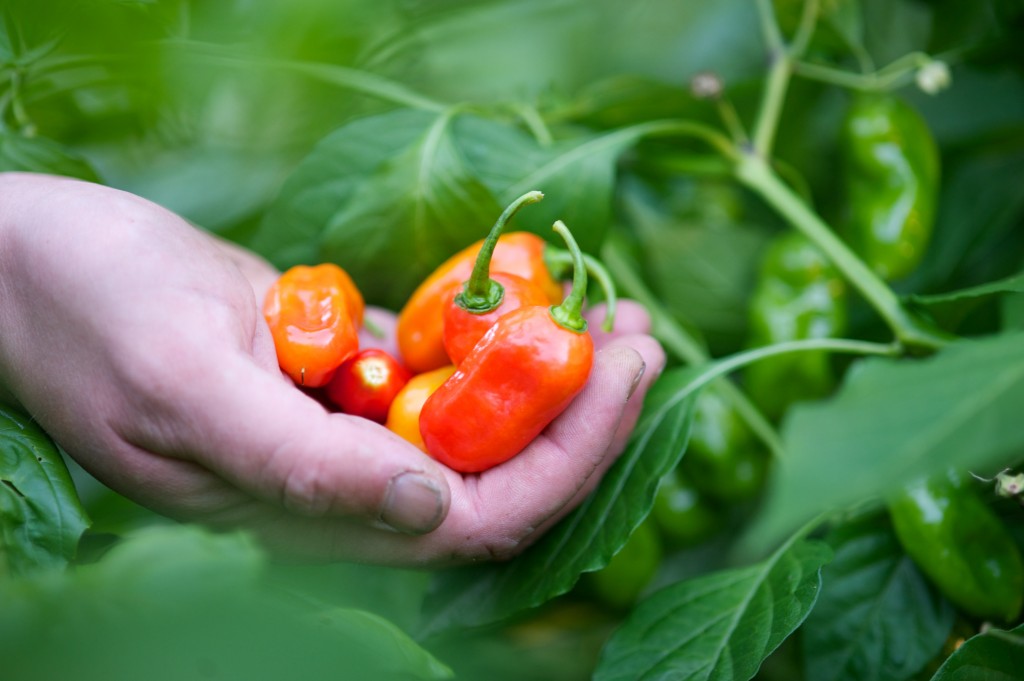
Tuscan peppers grew in abundance late in the season. The green, orange and red peppers (representing different stages of ripening) with a slight heat make great stir fries and pickles.

Cherry tomatoes were staked at the end of the bed. Allowing overspill at the edges and vertical training maximizes the amount of produce in the bed. The 18″ depth of the bed allows contains ample amounts of fertile soil to support dense growth.
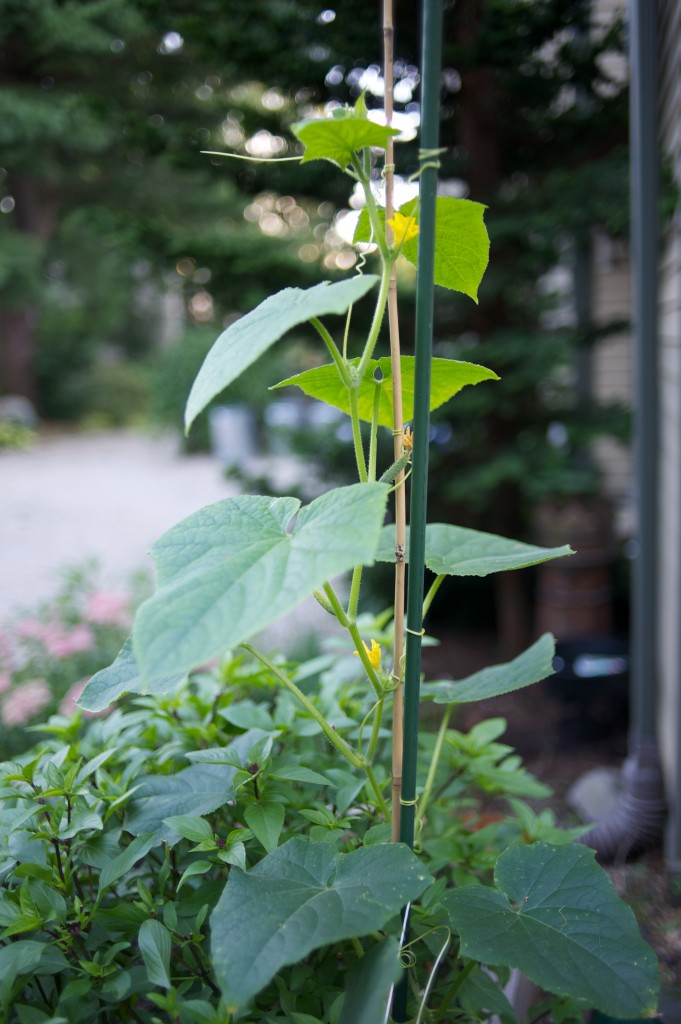
Cucumbers planted and trellised against the edge shared space with Thai and Italian basil. The planting plan took advantage of the entirety of the growing space.
Please contact Benjamin Crouch for a consultation on your project. Preparing a bed in the fall gives you access to the whole growing season starting in the spring!
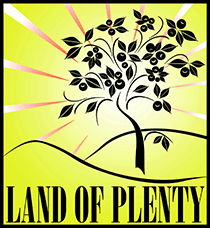






Oh yes! I want that raised bed! Something very much like that. I wish we could go forward right now to build the patio and raised bed. Maybe I can work on Mark after Wed., when he plans to sleep all day, recovering from his herculean labors.
Thanks, Edy. We’ll make it happen when the time is right for you.
Great work, Ben! I could appreciate the original photograph of this type of project, however the professional shots really give the feel of the enjoying the garden. Good luck in the market. Respects, Marty
Thank you, Marty!
Hello Ben, nice job on the fitting of the joints and the wood looks great and durable. Recently I made a cold frame for the Devotion School in Brooklinle, rather high tech, or at least more than I was used to, ie., solar power cylinder that opens one of the window frames automatically when gas in the cylinder heats up (made by univent.) I also found a product on line that is called Internal Wood Stabilizer, a permanent wood protectant, it’s made by Timber Pro Coatings USA. So this product is considered and advertised as: envirosafe, and retards wood deterioration by permanently densifying , waterproofing and hardening the wood…. I put on two coats and its as thin as water and does not color the wood. no flaking or peeling…You might want to try this product in conjunction with the more durable woods like locust and ash or even on softer woods when used in contact with weather and soil and get a super durable product. Its not cheap but it covers a lot of area. good to see that your company is successful. I’m strugglin a bit with the handyman company I started
Thanks, Carl. Locust posts that my dad put in our back yard for a horse fence still stand strong after 40 years and anecdotal evidence suggests that it will at least last a lifetime. I’ll look into the wood stabilizer, though. It could be a good alternative with weaker woods. Good to know about your business. Land of Plenty is going strong. We should cross-pollinate. I’ll drop you an email.
Yes locust is awesome, compares well to mahogany etc that is prevalent in CA. Its all over Mission HIll as you well know. I was using the stabilizer on 2×12 pine framing so I was really looking for a way to prolong durability, I should add that it did color the wood a deeper tone a tiny bit. I’m very interested in cross pollinating, I currently have a landscape job that I’ve taken forever to plan and submit a cost. (I’m more of a veggie and edible landscape hobbyist and they want more flowers, hardy annuals, perennials, and combinations of woody herbacious, and low maintenance evergreens etc. front and back yard), I would love to bring you in or have you lead it, great folks but Im not sure they have the $ to accomplish what they want. Are you backed up? Please lets talk, 617-230-2394 besides I haven’t seen you in about 3 years and it would be great to reconnect.
Hey Ben, I’ll be quick, just a question re your photo. In the far left background there is an interesting effect, plants that seem to be streaming either upwards or downwards, its hard to tell and depth of field is blurry at that distance, almost like a cascading willow or are they growing from the ground up, so straight yet thin and a much softer texture that the other surrounding foliage. What is that?